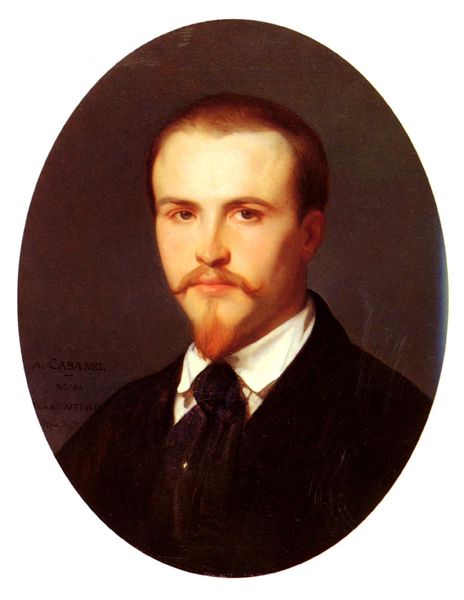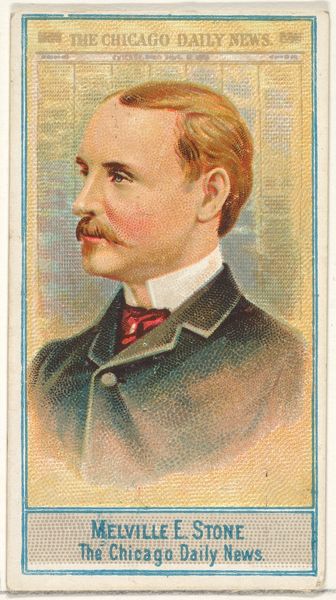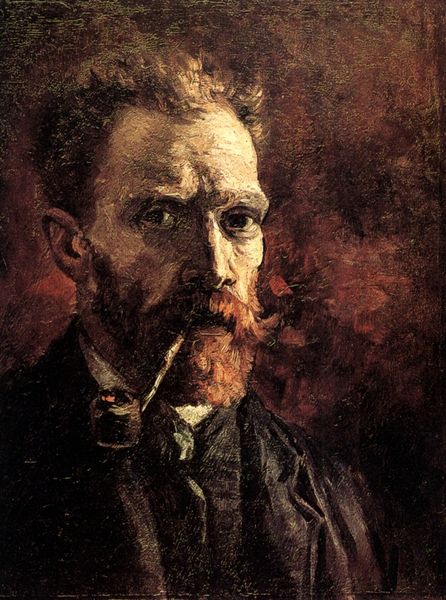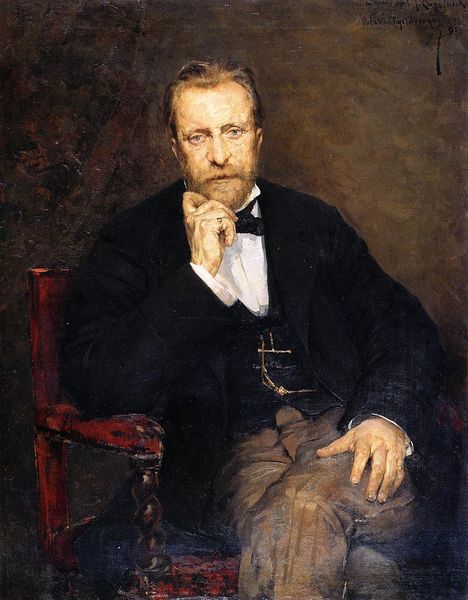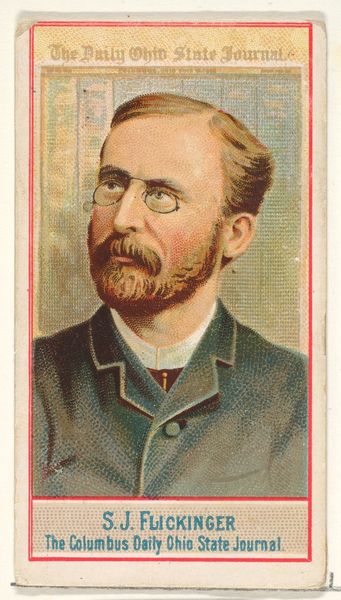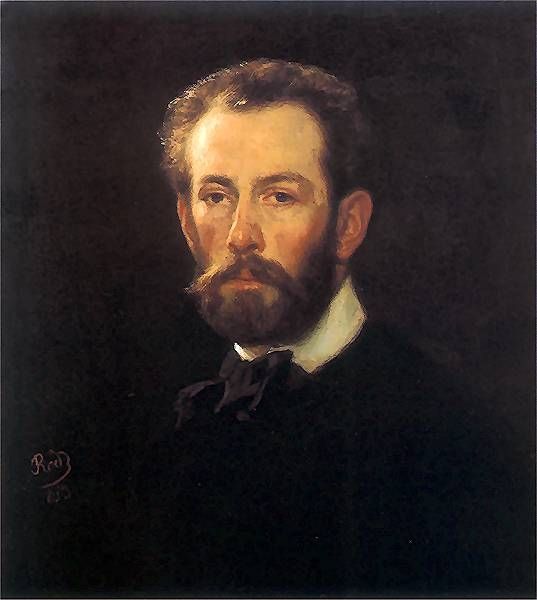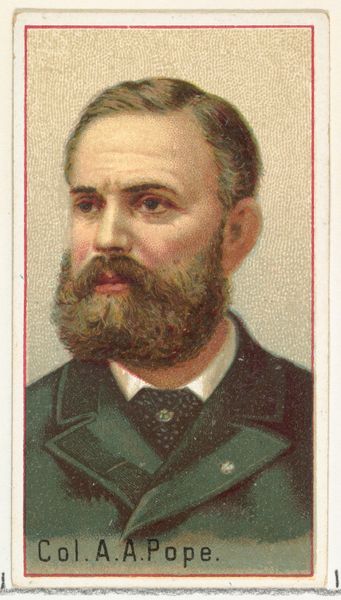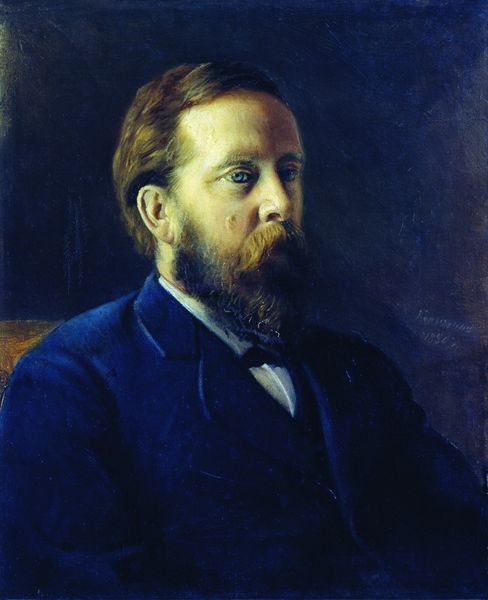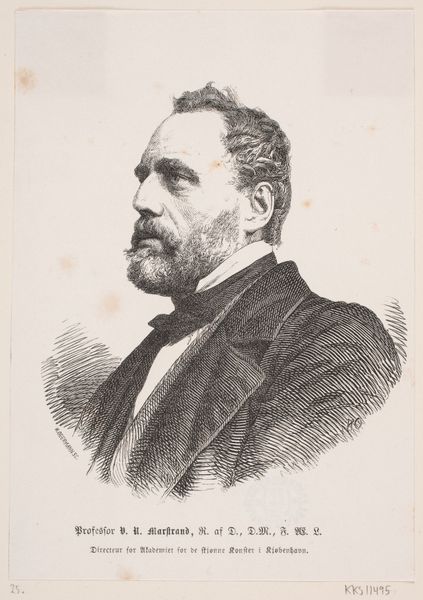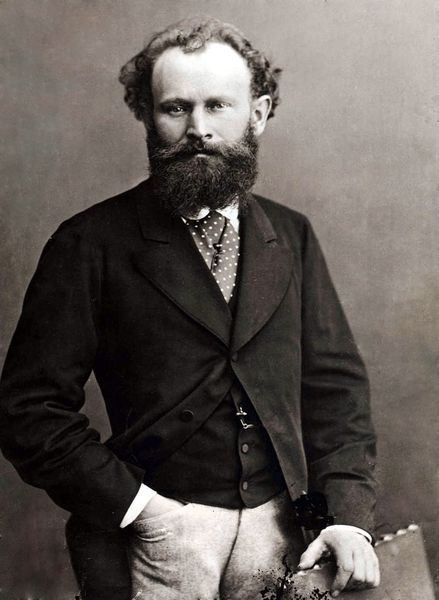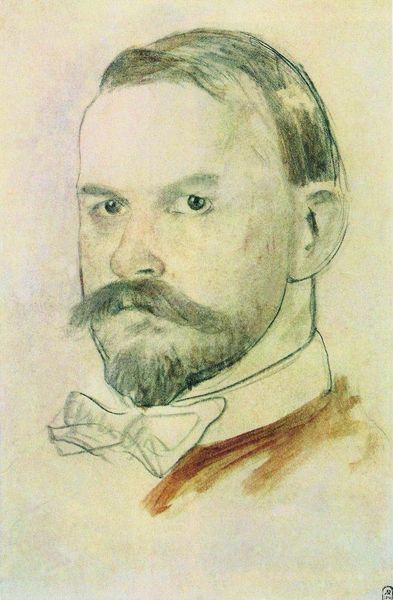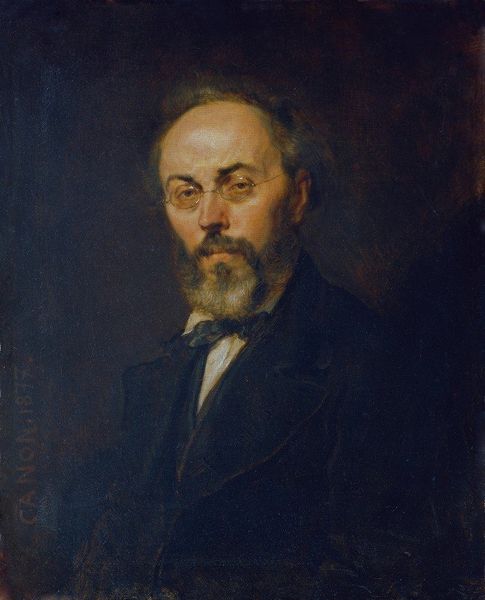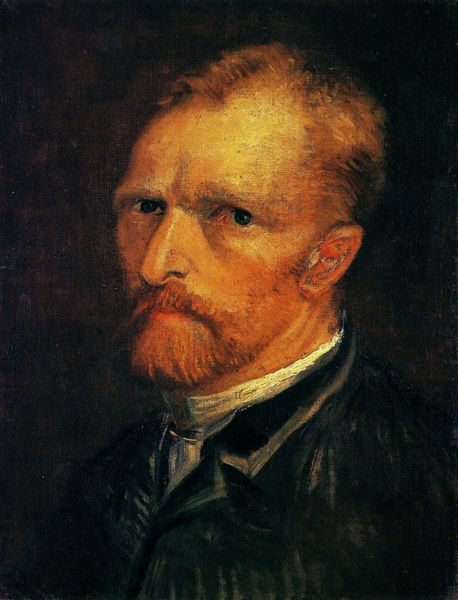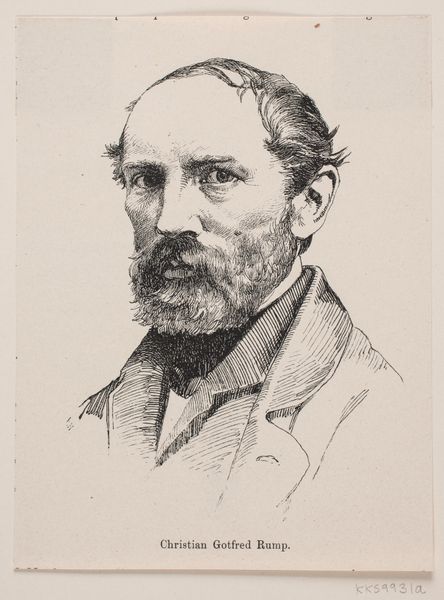
drawing, pencil
#
portrait
#
drawing
#
soviet-nonconformist-art
#
social-realism
#
pencil
#
history-painting
#
realism
Copyright: Vasyl Kasiyan,Fair Use
Editor: Here we have Vasyl Kasiyan’s 1945 drawing of Taras Shevchenko rendered in pencil. There’s such gravitas in his gaze! It really captures a sense of historical weight. What do you see in this piece? Curator: It’s a fascinating example of how the Soviets co-opted national figures for their own political purposes. Shevchenko was a Ukrainian poet and artist who advocated for national independence, a complicated figure for Soviet ideology. Editor: So, how does a drawing like this fit into the Soviet context then? Curator: The choice to portray him in a realistic style, and specifically at this date, 1945, positions Shevchenko within the acceptable boundaries of Soviet Realism. The war had a major effect on visual and material culture of the USSR. Did you notice the attention to detail but almost lack of specific setting? Editor: Yes, his figure is prominently centered but the background feels deliberately…vague? Curator: Exactly. The focus becomes Shevchenko himself, idealized as a symbol of Ukrainian identity but under the umbrella of Soviet power. How do you think audiences at the time might have read this image? Editor: Probably as both a celebration of Ukrainian culture, but also a subtle reminder of who’s in charge. So the public role of art becomes about managing identity? Curator: Precisely. It tells us so much about the complex interplay of nationalism and Soviet ideology in the post-war era. I learned something new, too, examining its use of state symbolism! Editor: Definitely! It's amazing how much history is embedded in a single drawing.
Comments
No comments
Be the first to comment and join the conversation on the ultimate creative platform.
